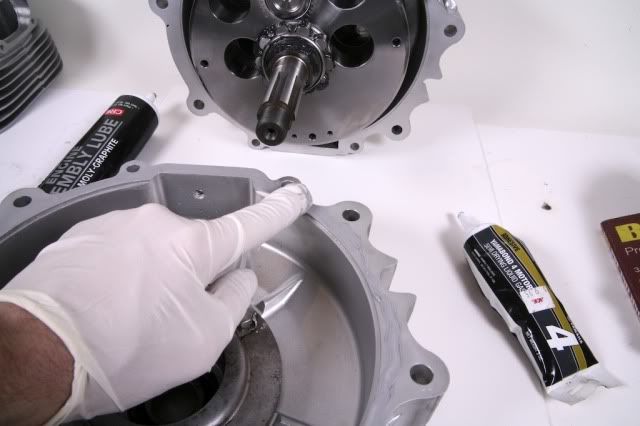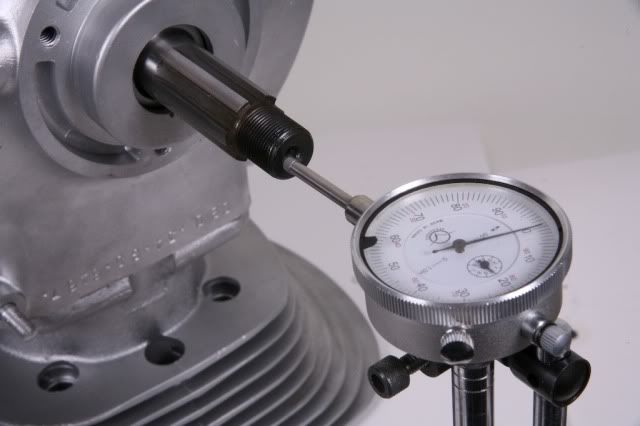+1 to the FACTORY service and parts manuals. Use a Haynes manual as a secondary source and lastly a Clymer manual as a shim underneath your work table to make it level. And yes, printing and binding them is better than referring to a computer screen
+1 to photographs, notes and bagging.
As long as you are in there, new gaskets, seals and bearings.
Clean the exterior of the motor as best you can before you start. I use Simple Green.
Keep a clean, uncluttered and well lit work surface free of other parts or unnecessary tools. Measure everything with proper calipers, micrometers and Plastic-Gauge and make note of the cylinder bores, ring gaps, valve stem diameters, journal diameters etc. Replace anything out of tolerance, worn, scored or questionable.
Clean, clean and clean everything again. Use gasket remover on old gasket and sealer residues. Now is the time to repaint and heat treat your cases now that they are apart.
Rebuild carefully, slowly and by the book. Following the factory torque specifications, use anti-sieze, motor rebuild lube on the parts and Yamabond sealer on both halves of the cases.
If you do not know what you are doing, STOP, do not guess- re-read the manual until you understand what you are doing and how. Once you have done this, it will be easier to do the next one. Do it right the first time and you will not have to redo it a second time. Good luck and post your progress.








